Tips for identifying decorative stones -- Fossils
In this section
Fossils are the hard remains of ancient plants and animals. The burrows, tracks and droppings (coprolites) left by animals and preserved in rocks are called trace fossils.
Bivalves are molluscs with two shells hinged together. They include cockles, mussels and oysters.
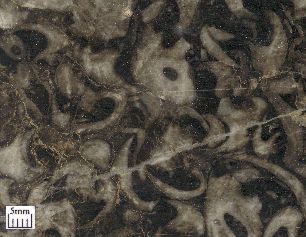
Bivalves
Gastropods are molluscs with a coiled shell, and include whelks and winkles.
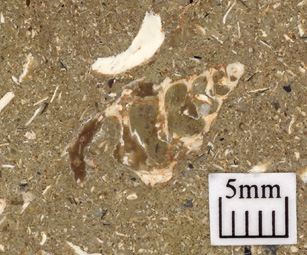
Gastropods
Brachiopods, like bivalves, have two hinged shells. Most brachiopods are now extinct.
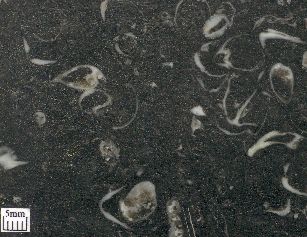
Brachiopods
Ammonites are cephalopods and are related to the modern day squid and octapus. They normally have a coiled shell with chambers. The closely related Orthoceras and belemnites have straight shells.
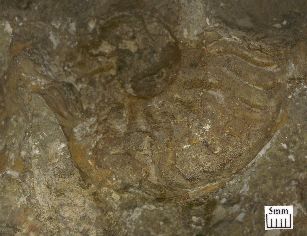
Ammonites
Crinoids are 'sea lilies', and their round stem segments, called ossicles, usually have a hole in the middle. They are closely related to echinoids (sea urchins). Echinoid spines and shells are also found in decorative rocks.
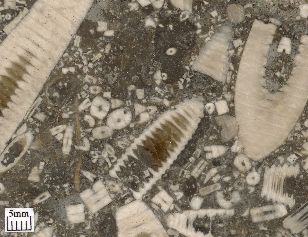
Crinoids
Corals are tiny organisms with hard external skeletons. They can occur singly, or in colonies that are sometimes so extensive that they form reefs. Bryozoa are also minute organisms, and some have a hard external skeleton. Sponges are another organism that form hard skeletal structures made of calcium carbonate or silica. Both bryozoa and sponges can at first sight look like coral.
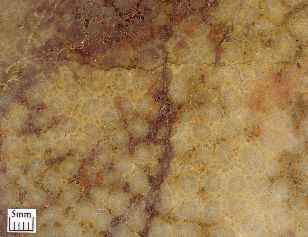
Coral
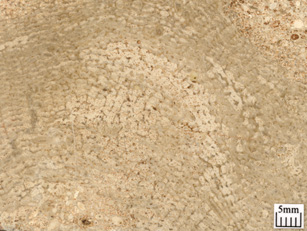
Sponge
Foraminifera (forams), are simple organisms that form hard shells. Most forams are very tiny planktonic creatures, but much larger forams are found in rocks of late Mesozoic and Tertiary age.
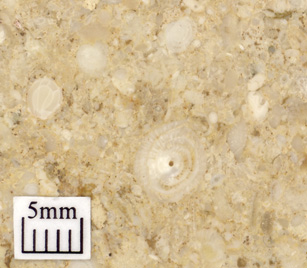
Foraminifera (forams)
Algae are simple organisms that can form mats or mesh-like structures that trap sediments.
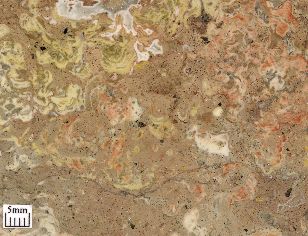
Algae
Trace fossils such as worm burrows, and bioturbation, where animal life has stirred up a sediment, are often visible in decorative stones
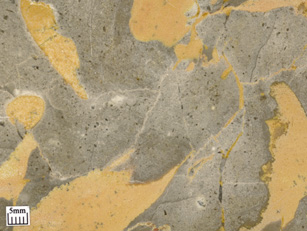
Burrows in limestone
For a fun guide to fossils and the history of life, see the Learning Zone. The British Geological Survey also has a useful introduction to fossils.